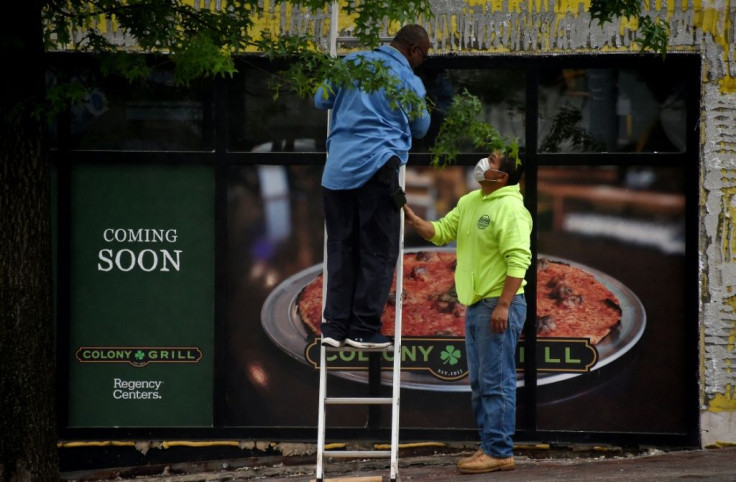New US Jobless Claims At 778,000, Second Week Of Increase
New applications for jobless aid in the United States saw their second back-to-back weekly increase, according to government data released Wednesday, raising concerns that a renewed economic downturn is beginning.
The Labor Department said 778,000 seasonally adjusted initial claims were filed in the week ended November 21, more than analysts had forecasted and an increase of 30,000 from the previous week's upwardly revised figure.
The increase was the first consecutive one since July and brought claims to their highest level in more than a month, as the world's largest economy grapples with a nationwide surge in Covid-19 cases.
Another 311,675 people, not seasonally adjusted, filed claims under a program for workers not normally eligible -- a program set to expire at the year's end unless Congress, which is deadlocked on passing more stimulus for the economy, decides to renew it.
"Weekly unemployment insurance claims are moving in the wrong direction," Robert Frick, corporate economist at Navy Federal Credit Union said.
Claims have been trending downwards for months after spiking into the millions in March as the pandemic began, but they have yet to dip below the worst single week seen in the 2008-2010 global financial crisis.

The insured unemployment rate fell only 0.2 points to 4.1 percent in the week ended November 14, the latest for which data was available, with more than six million people receiving benefits.
The report also said more than 466,000 people moved from the time-limited regular unemployment benefits as of the week ended November 7 to a special program passed during the pandemic that provides aid to the long-term unemployed, which will also expire at year's end.
All told, nearly 20.5 million people were receiving aid as of the week ended November 7.
Lawmakers in March expanded the unemployment safety net and increased weekly payments to the jobless with the passage of the $2.2 trillion CARES Act, but many of its provisions have expired and Democrats and Republicans have been unable to agree on how much to spend.
Even though the unemployment rate has decreased in recent months, reaching 6.9 percent in October, Rubeela Farooqi of High Frequency Economics warned that weekly data shows a labor market under stress.
"With infections continuing to rise at an elevated pace and curbs on business operations widening, layoffs are likely to pick up over coming weeks," she said in an analysis.
© Copyright AFP {{Year}}. All rights reserved.





















